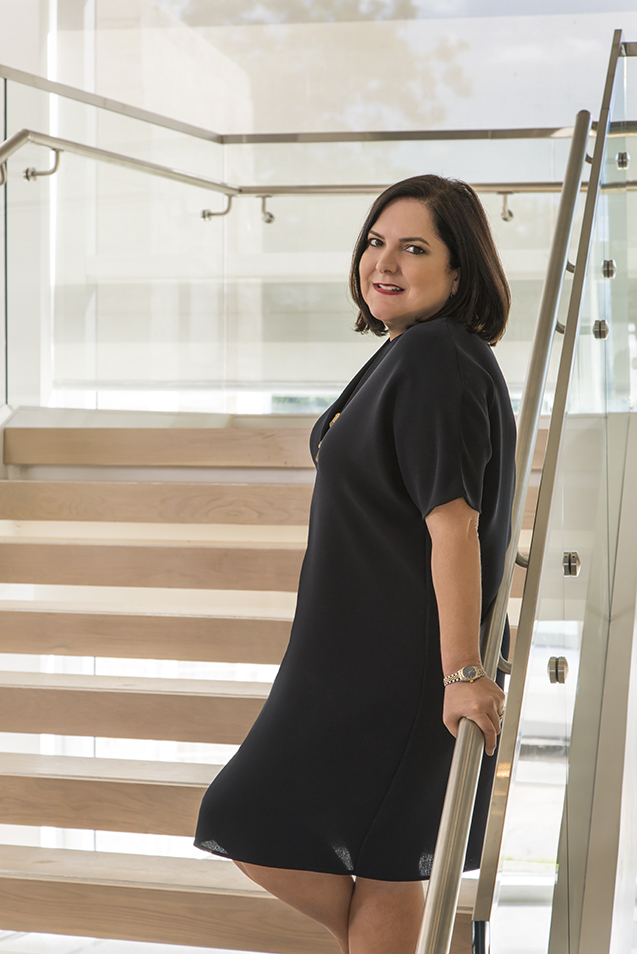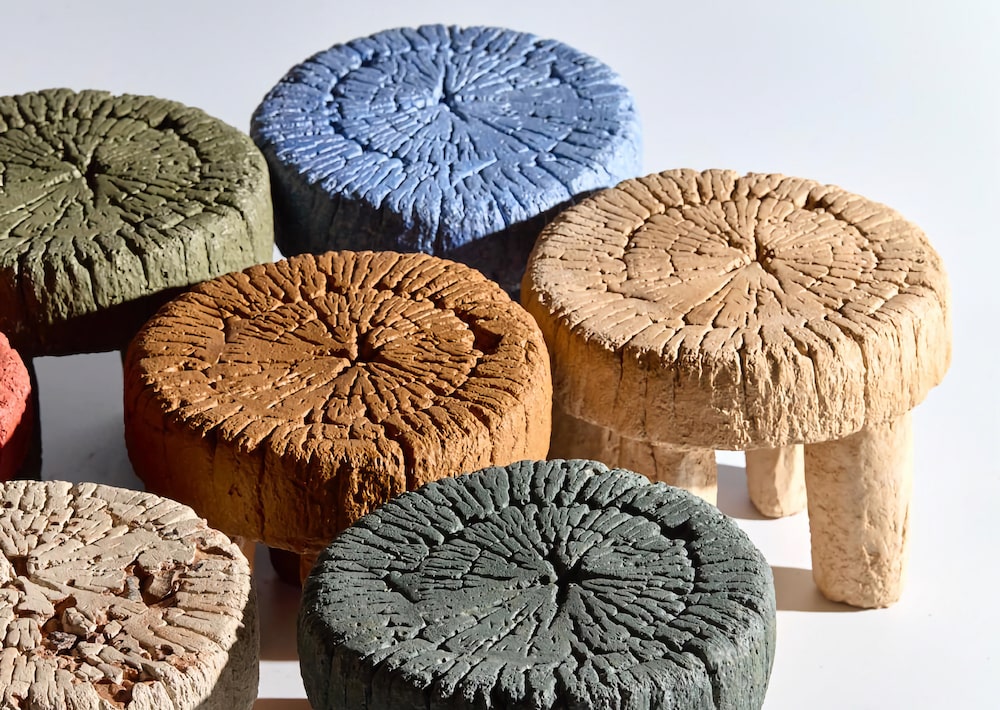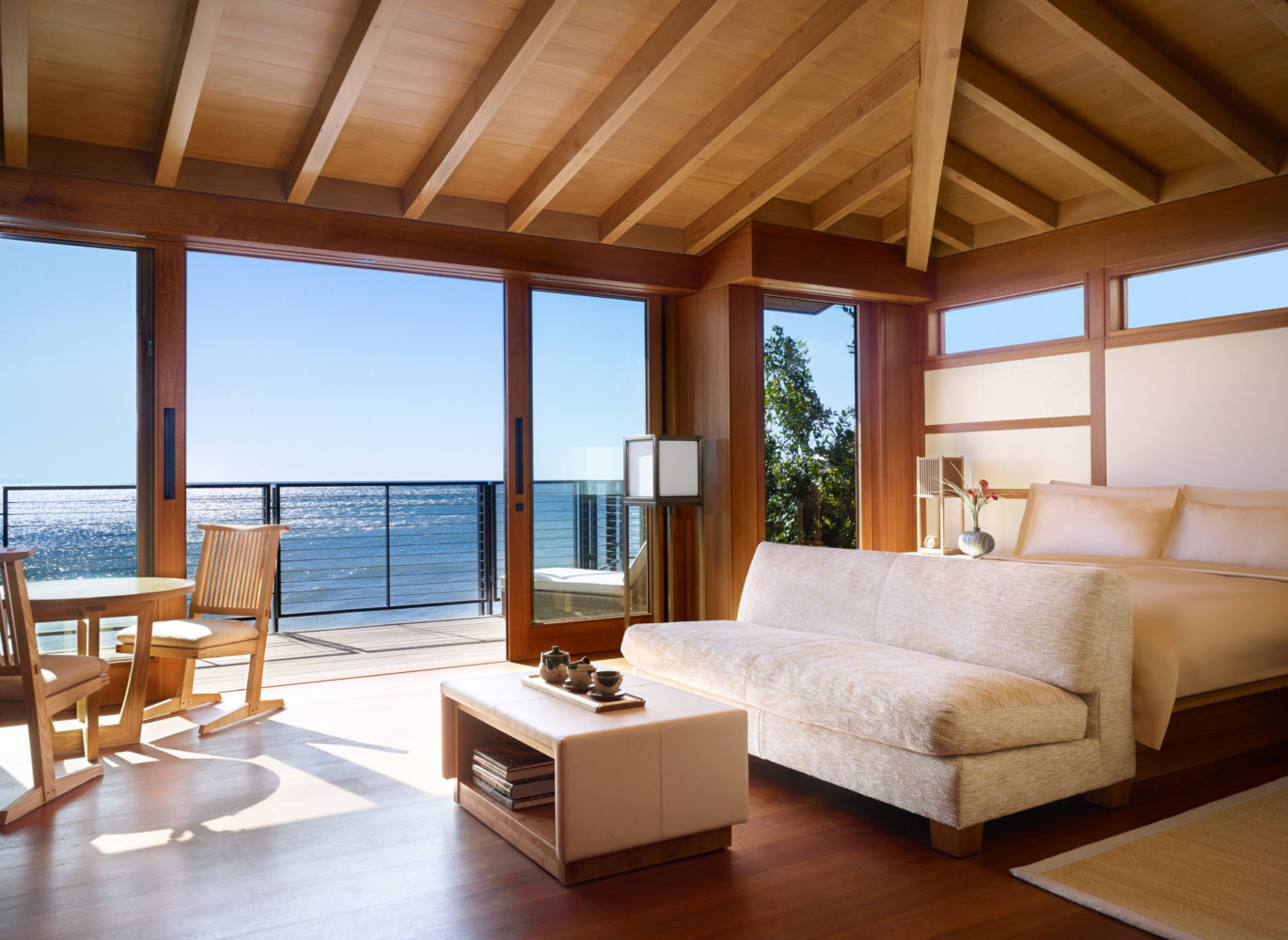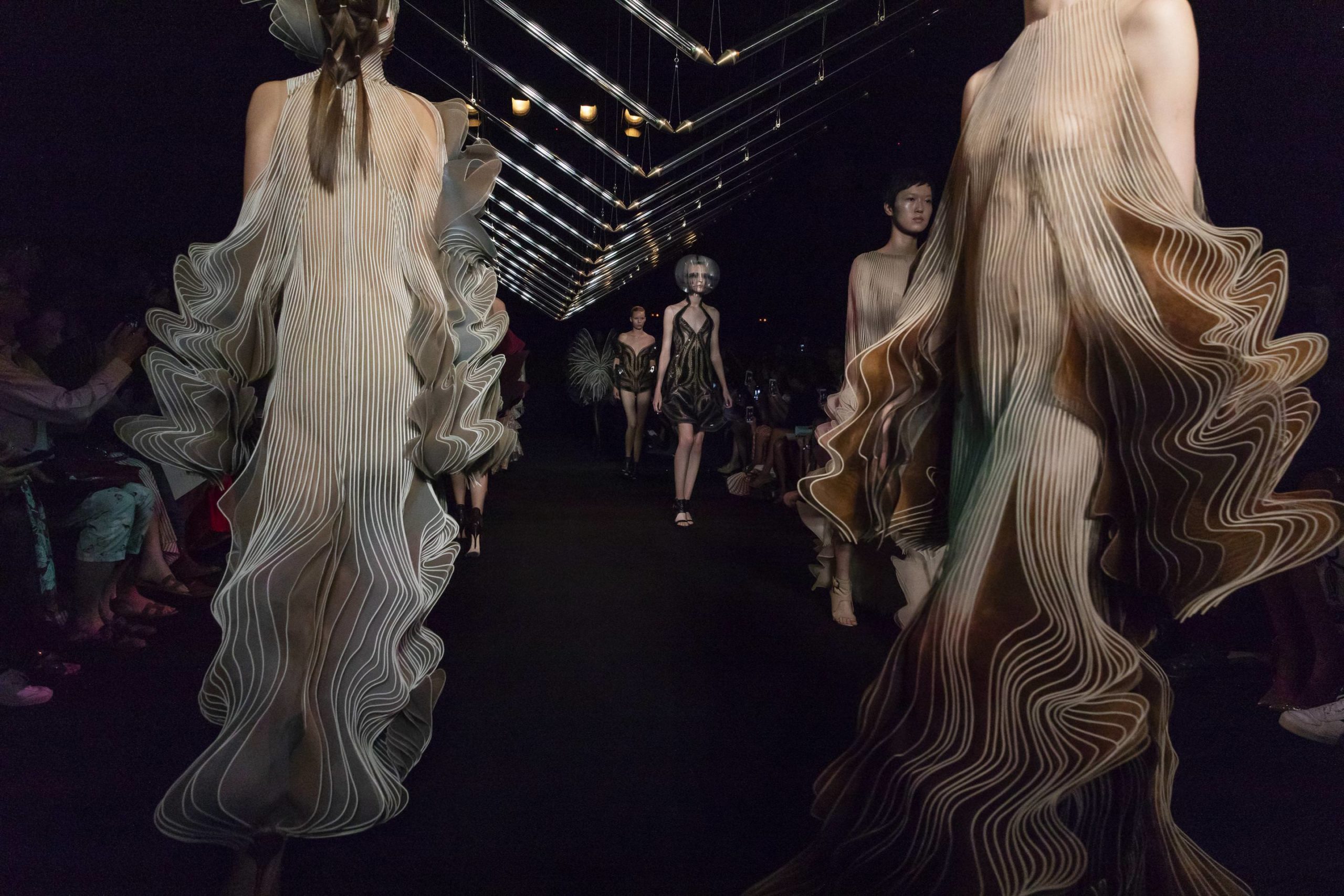The Invisible Collection was co-founded by art and design patrons Isabelle Dubern and Anna Zaoui in 2016. While the e-commerce site focuses on selling limited-edition furniture and design items by renowned designers, it also boasts bespoke pieces for on-the-rise talent.
In addition to larger items like beds by Emmanuelle Simon, tables by Humbert&Poyet, desks by Andrée Putman, chairs by Eileen Gray, and sofas by Jérôme Faillant-Dumas, The Invisible Collection also offers smaller pieces for the home—such as dinnerware by MMairo, rugs by Atelier Février, mirrors by Oitoemponto, folding screens by Cristina Celestino, and lighting pieces by JMW Studio.

SilviaKarmanCubina Portrait Photo by ZacharyBalber1.
Recently, it launched a collection in partnership with the Brazilian designer Gustavo Neves. Shining with natural artistic touches are new beds, tables, light sculptures, and sofas—all made with nature at the forefront.
While still in isolation due to COVID-19, Whitewall spoke with Dubern and Zaoui about how their enthusiasm for art and design shapes The Invisible Collection.
WHITEWALL: Tell us about The Invisible Collection and how it fosters new talent.
ANNA ZAOUI & ISABELLE DUBERN: We are the first e-commerce platform selling bespoke furniture designed by world-renowned interior designers. Since the beginning, our goal has been to make available inaccessible design icons by contemporary masters, and at the same time to discover and introduce tomorrow’s talents. For us it’s more than just a working relation, we meet with each one of our designers on regular basis (although, right now, most of our meetings are online, thank you Zoom!), we look at their work in the making, we discuss sourcing, materials, and techniques. And we love every minute of it!
WW: Can you tell us the story of the brand’s beginning, starting with Isabelle being inspired by Pierre Yovanovitch and wanting a Papa Bear chair, and telling Anna?
ISABELLE DUBERN: I’ve always loved Pierre Yovanovitch’s work, and I was dreaming about having my own Papa Bear chair. At the time, Pierre was decorating Anna’s apartment in New York, and I literally begged her to ask Pierre to add an extra chair so that I could have one. And that’s when we realized that there was an untapped well of amazing designs we dreamt of—you know, all those beautiful bespoke pieces of furniture and objects you only see in magazines but cannot purchase. We thought, “Let’s make them available and create a distribution channel!” At the time, it was quite disruptive…and it worked.
WW: Isabelle, how did your experience as a journalist and consultant, and as creative director of Dior Maison, shape your idea of modern luxury as it pertains to The Invisible Collection?
ID: It always comes down to three things—creativity, craftsmanship, and uniqueness. Moreover, I like the idea of transmission. I like the idea that every object I have created for Diptyque Bazaar or Dior Maison will stay in houses and be part of a collection of beautiful things, whatever its price because there is poetry in the trace of the craftsman’s hand.
WW: Anna, how does your experience in the art world—as a patron and collector—impact your decisions at The Invisible Collection?
AZ: When I look at an artwork, I always ask myself, “Can I live with it? Does it strike a chord? Is it relevant?” If the answer is yes, then I know I would be happy to own it. I feel the same about design, although most pieces must be functional, too.
WW: Where does the brand find its incoming talent, and how does it choose which to collaborate with?
AZ & ID: Talent is everywhere, the important thing is to be curious, open-minded, and keep a fresh eye. We travel a lot, we move in many different circles, we attend fairs, we visit artisans and workshops all over the world, and we love Instagram, so it’s easy to spot a promising designer.
But for us, it’s always personal. It’s not enough to like one’s work; we need to believe in it and feel close to the person behind it. So, we build a working relationship based on mutual trust and understanding.
WW: How does a project typically begin and end with a new designer coming in?
AZ & ID: It’s always the story of an encounter and the magic of the encounter. The search and discovery of new talents is one of the most exciting moments in our work. We spend a lot of time exchanging and understanding. Then comes the digital part where all our teams are very involved and understand the creative universe of the designers or artists on the site.
WW: Can you tell us a bit about your recent collection with Gustavo Neves?
AZ: I discovered Gustavo’s work through a Brazilian friend, who also happens to be a gallerist, and I fell for it! He has all the qualities of a true artist paired with an endearing modesty that is humbling. His designs are powerful and raw, uncommon yet aesthetically compelling. I really appreciate his approach to nature, as he truly believes that architecture and interior design are a means to reconciling man and nature. His collections stand out with an almost totemic quality.
WW: In a world of manufacturing and mass production, what do you feel is most special about craftsmanship and handmade items?
AZ & ID: The first word that comes to mind is time. We live in a world where you can get almost everything immediately. But to make a beautiful, bespoke, hand-made piece, it takes time. Nothing can speed up the artisan’s hand that makes it. And the piece itself becomes timeless.
WW: How do you feel the world of design may change moving forward after the global pandemic?
AZ & ID: Some say that the world will never be the same. Others, on the contrary, think that soon we’ll be back to business as usual. We like to think that we’ve learned that we need to truly care—about the people, the planet, and the way we interact as human beings and as professionals. Some designers will probably be influenced by this dreadful experience and create new works that in some way speak about it. Each piece will have to be even more relevant, meaningful, and lasting.
As for trade, well, artisans have already adapted, and we worked closely with our network of clients to ensure that most artisans can keep on doing what they do best—manufacturing unique pieces. The market has slowed down, yet, on the other hand, more and more people are getting used to buying online collectible items like our furniture. It’s simple, secure, and at The Invisible Collection, we pair the state-of-the-art digital offer with impeccable service and follow-up. It makes all the difference.








